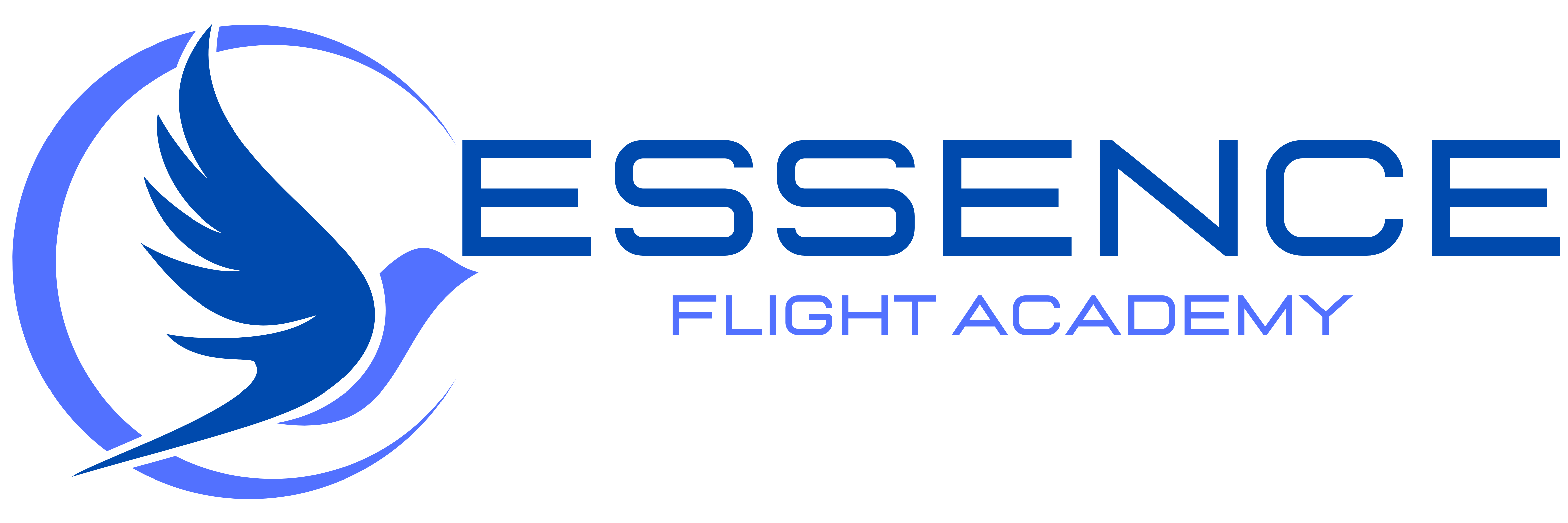Step 1: Meet Basic Eligibility Requirements
To be eligible for a private pilot certificate, you must be at least 17 years old and able to read, speak, write, and understand English. You must also obtain a medical certificate from an FAA-approved Aviation Medical Examiner after a physical examination. Most healthy individuals qualify without difficulty for the third-class medical certificate required for private pilot operations. To begin flight training, you must become a student pilot by obtaining a student pilot certificate, which requires meeting these eligibility requirements and submitting the necessary documentation.
Step 2: Structured Ground School Training
Our comprehensive ground school course covers all required knowledge areas including aviation regulations, weather theory, aircraft systems, navigation procedures, aerodynamics, and flight planning. Students can choose between traditional classroom instruction or self-paced online programs with instructor support. Ground school plays a vital role in preparing for the FAA private pilot knowledge test.
Step 3: Flight Training with Modern Aircraft
The FAA requires a minimum of 40 hours of flight time, including 20 hours with an authorized instructor and 10 hours of solo flight. However, the national average shows most pilots need 60-75 hours to develop the proficiency needed for safe flying. Many students are able to complete the private pilot program in about three months, depending on their schedule and dedication. Our training fleet includes Cessna 162s with modern glass cockpit displays, Diamond DA20s offering exceptional visibility, and Piper Cherokee complex aircraft for advanced training.
Step 4: Simulator Training Integration
We incorporate full motion Redbird flight simulator training throughout the program. Simulator hours can be logged toward your private pilot certificate while providing cost-effective practice opportunities for instrument procedures, emergency scenarios, and complex maneuvers.
Step 5: Written Examination Preparation
The FAA written test must be taken at an approved testing facility with instructor endorsement. Our ground school preparation gives students the knowledge and confidence needed to pass this computer-based examination covering all aspects of aviation theory and regulations.
Step 6: Checkride and Certification
The final step involves completing both an oral examination and a practical flight test (checkride) with an FAA-approved examiner. Our instructors prepare students thoroughly for this evaluation, practicing all required maneuvers and procedures until students demonstrate competency and confidence. Passing the practical test is essential for certification. Students who have passed both the oral and practical exams are awarded their private pilot certificate. Once all requirements are completed, students receive their license.











